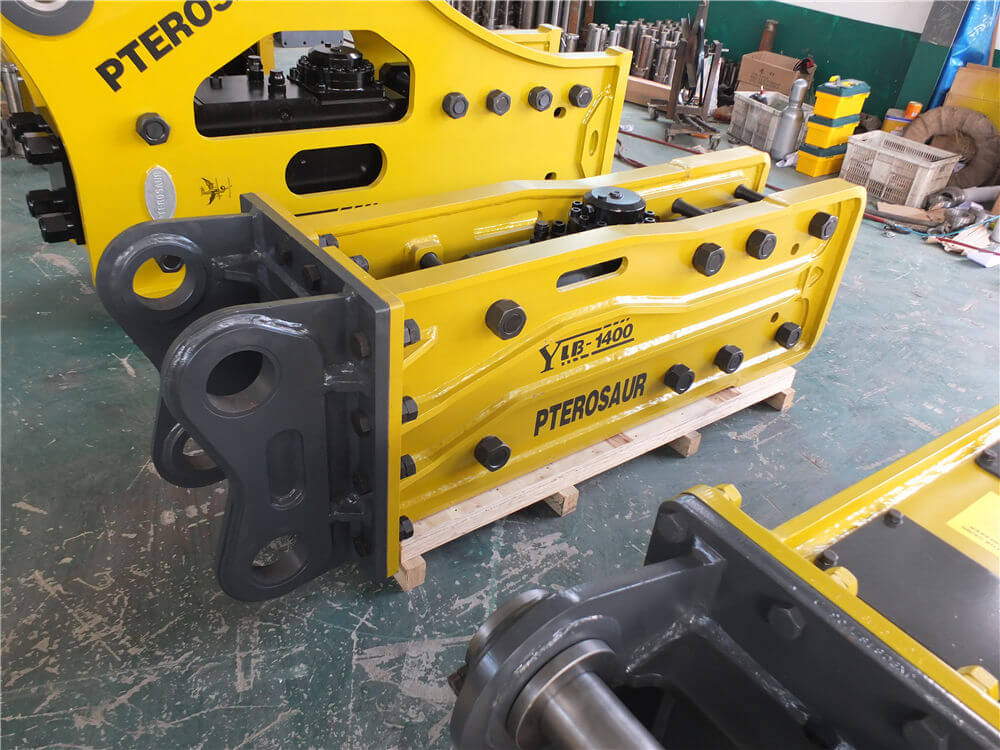Understanding Water Hammer: A Key Hydraulic Phenomenon
Water hammer is a significant hydraulic shock phenomenon that can occur in water supply systems and various hydraulic applications. This article seeks to elucidate the concept of water hammer, its implications, and how experiments contribute to our understanding of this phenomenon.
What is Water Hammer?
Water hammer, also known as hydraulic transient or hydraulic surge, is characterized by a sudden change in fluid velocity within a pipeline, leading to a rapid increase in pressure. This phenomenon often occurs when valves are closed abruptly or when pumps are turned on or off. The resulting pressure surge can exceed the pipe’s manufacturer-specified limits, potentially causing damage to the system.
The Mechanics of Water Hammer
The mechanics behind water hammer can be explained through the principles of fluid dynamics. When the flow of water in a pipe is suddenly stopped, the kinetic energy of the moving fluid is converted into pressure energy, leading to a pressure spike—this is the water hammer effect. The speed of the pressure surge can be calculated and observed during experiments, providing critical data for engineers and researchers.
Experimental Insights into Water Hammer
Laboratory Experiments
Various laboratory experiments have been conducted to analyze water hammer effects. For instance, the water hammer experiment in a controlled environment successfully measured the speed of the pressure surge along the pipe. These experiments typically utilize a pipe equipped with pressure transducers and a quick-closing valve to induce water hammer conditions. Data collected from these setups allow for comparisons between theoretical predictions and actual measurements, enhancing our understanding of hydraulic transients.
Simulation Studies
In addition to physical experiments, simulation studies using advanced software like RELAP5 have been employed to model water hammer phenomena. These simulations help in predicting pressure transients and understanding their behavior in different scenarios, such as sudden valve closures or changes in flow rates. Researchers have noted that water hammer can reach extreme pressure levels, underscoring the importance of accurate modeling in preventing overpressure hazards in hydraulic systems.
Practical Applications and Considerations
Understanding water hammer is crucial for the design and operation of various hydraulic systems, including those used in hydropower plants, municipal water supplies, and industrial applications. Engineers must consider the potential for hydraulic transients when designing systems to avoid catastrophic failures.
Preventative Measures
To mitigate the risks associated with water hammer, several strategies can be employed:
– Surge Tanks: Installing surge tanks can help absorb pressure spikes.
– Air Chambers: Utilizing air chambers can dampen the effects of sudden pressure changes.
– Controlled Valves: Implementing slow-closing valves can reduce the likelihood of abrupt flow changes.
Conclusion
In summary, water hammer is a critical hydraulic phenomenon with implications for the design and operation of water supply and hydraulic systems. Through experiments and simulations, we gain valuable insights into the behavior of water hammer, allowing engineers to implement effective preventative measures. Understanding this phenomenon not only enhances system reliability but also ensures the safety and longevity of hydraulic infrastructure.



































